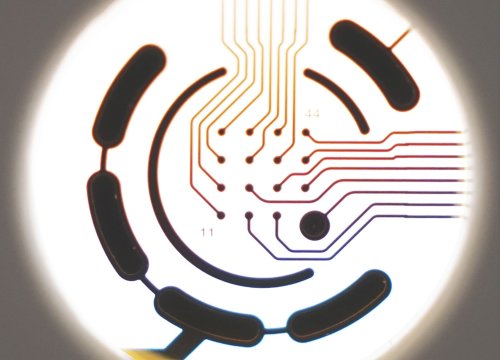Rigby MJ, Orefice NS, Lawton AJ, Shapiro SL, Yi SY, Dieterich IA, Frelka A, Miles HN, Pearce RA, Yu JPJ, Li L, Denu JM, and Pugielli L.
Brain Communications, 2022.
Bioelectronic assays and other methods support potential relationship between overexpression of SLC13A5 and autism spectrum disorder in mouse models
Some evidence suggests a link between the development of autism spectrum disorder (ASD) and abnormal intracellular citrate/acetyl-coenzyme A (acetyl-CoA) flux, likely related to changes in endoplasmic reticulum (ER)-based Nɛ-lysine acetylation. In this study, scientists use a transgenic mouse model that overexpresses the sodium/citrate co-transporter SLC13A5 in forebrain neurons to examine underlying mechanisms of ASD.
Overall results from the multiplatform study—which demonstrated autistic-like behaviors in mice, disrupted white matter, altered synaptic plasticity, and proteomic changes—support an association between ASD and abnormal intracellular flux. To noninvasively explore neural activity in primary mouse cortical and hippocampal neurons in vitro, the scientists used Axion’s Maestro Pro multielectrode array (MEA) platform. In addition to changes in synaptic plasticity, MEA testing also revealed alterations in dendritic spine morphology, synaptic density, and spontaneous electrical activity, and uncovered differences between cortical- and hippocampal-derived neurons.


